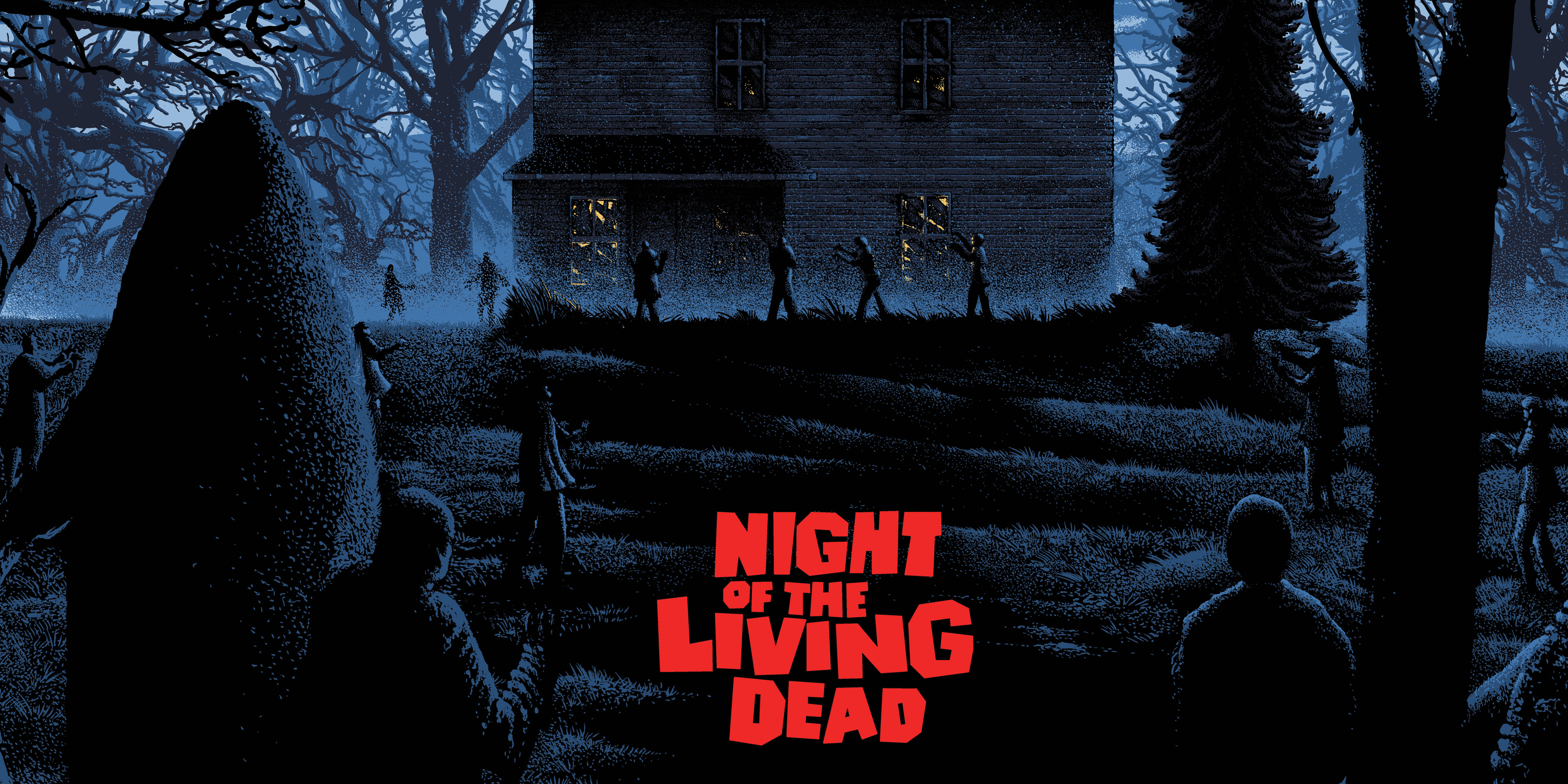
October 30, 2015, by Guest Blogger
Zombie Genomics – Sean on the Dead
Sean May from our School of Biosciences discussed the science of zombies as part of the Popular Culture Lecture Series earlier this year.
I’m an unashamed slow-zombie fanboy (fast-zombies are just a trivial problem in viral epidemiology IMHO); and have pondered zombie biology for decades. This was an opportunity to really get my teeth into some speculative zombie physiology based on the ‘available literature’.
In the March 2015 talk (and in a recent Halloween reboot for #SciBarNotts) we discussed transcriptomics, biomechanics, hibernation physiology, saprophytic/parasitic behavior, and of course ethics of zombies – amongst other topics:
Firstly we have to assume that zombies are not caused by mystical or religious action – they are essentially a biological phenomenon. Science rules, even at Halloween.
Zombie movement and muscle function persists for months and possibly years after reanimation, even though they are slow and uncoordinated. They perceive food sources, can hear (possibly see) and demonstrably discriminate living humans from the dead and/or the reanimated. Some even seem to have rudimentary memory and deeply ingrained behaviours from their lives before reanimation.
Walkers/hungries do not ‘live’ forever, they decay and presumably (slowly) fail. With no cellular replication, healing, or growth, they suffer cumulative attrition and biomechanical compromise over time. They do not have a circulatory system (or most would leak badly after the injuries they sustain in being ‘turned’). There is no heartbeat and no bleeding.
Because they move very little unless responding to a potential prey, we anticipate that zombies may generally have much lower energy requirements than would be expected in a normal human metabolism. Zombies seem to be essentially hibernating at room temperature.
This lifestyle indolence may reduce wear and tear and could possibly allow metabolite diffusion from muscles between attacks – but it seems quite unlikely. In order to maintain muscle function and provide energy without a circulatory system there may be some extremely interesting and unusual metabolites and subcellular processes to investigate.
My working hypothesis is that zombies are the result of an infective fungal symbiosis (others have independently come to the same conclusion cf: Cordyceps). This saprophytic parasite draws nutrients from surrounding tissues at a slow rate, perhaps even re-distributing nutrients and removing metabolites to keep its host ‘vehicle’ motile; essentially an artificial endo-skeletal undead-support unit.
It would seem obvious to me that the saprophyte extensively traces the nervous system as a benign systemic network of hyphae. The fungal colony acting as a parallel signaling conduit replicates the structure of the brain at a superficial level and becomes an emergent artificial intelligence simply by emulating the brain as a vast filamentous neural network. Probably less dense and less efficient it nonetheless retains the shambling gait and lower brain functions.
The saprophyte symbiont might induce its meat robots to replenish raw materials to increase longevity in its host tissues: i.e. brain/neural mass. It is interesting to note that the subset of zombies that are reported to specifically eat brains are the only ones known in the literature to use speech of any kind (“braiiiiins”).
Interestingly, many film and TV zombies convert simply on death, not from being bitten (unlike fast zombies). This strongly suggests that all humans are already symbiotic following a pandemic infection prior to the obvious apocalypse. Zombification is then a simple matter of expiration – either by ‘natural’ causes, or from the toxic-shock of a bacterially enriched zombie bite.
I therefore submit that the bite is not the causative agent of slow zombie conversion at all; our inner zombie is just squatting within us – waiting to take over – at any moment.
A paranoid mind might consider that this almost seems like a purpose designed battlefield medical symbiont than a natural disease. Dare one suggest an escaped synthetic-fungal-augmented animal-cyborg-drone-AI zoonotic?
Well… I dare… Happy Halloween…
The Popular Culture Lecture Series starts on Wednesday 4 November 5.30pm, B13 Physics Building, University Park with a discussion of James Bond. The Series is free to attend and open to all.
Image credit: Kilian Eng and Grey Matter Art
No comments yet, fill out a comment to be the first

Leave a Reply